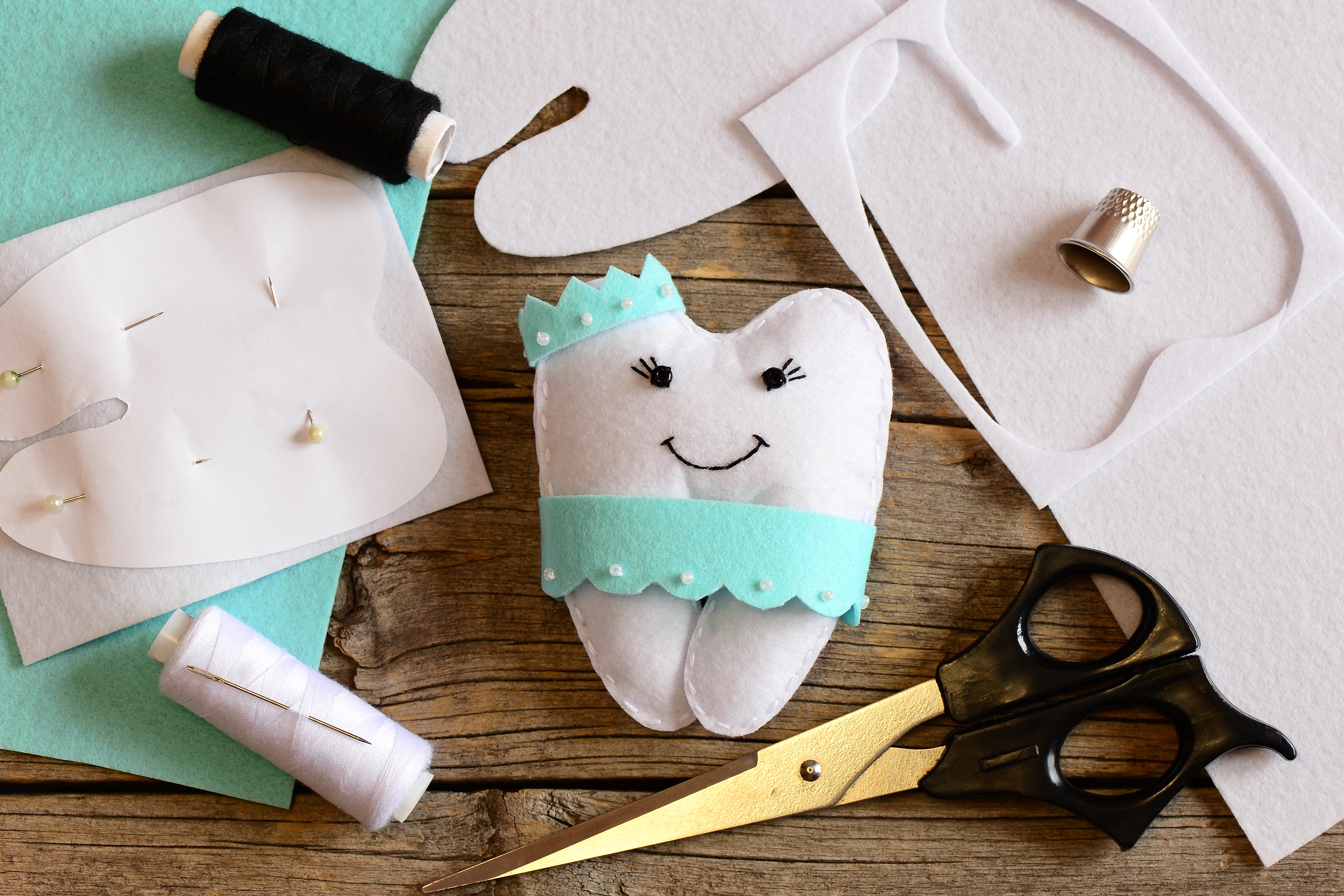Happy National Tooth Fairy Day

Considering National Tooth fairy day, Kristina Killgrove talks about the importance and significance of the tooth fairy. Dr. Ashraf offers his expertise in educating children regarding the tooth fairy and oral hygiene. (Source: Forbes, Where did the tooth fairy come from?, Kristina Killgrove, September 14, 2016, https://www.forbes.com/sites/kristinakillgrove/2016/09/14/where-did-the-tooth-fairy-come-from/?sh=4d06c6b959d4).
This national tooth fairy day is celebrated on August 22nd. Kristina Killgrove, the author, begins by sharing and discussing the story of her seven-year-old daughter, who has lost her baby tooth. Though this is viewed as an exciting chance to get rewarded with a gold dollar coin, she is aware of the reality. She knows that there is no such concept as a tooth fairy. Yet, she is intrigued by how this story originated.
The tooth fairy culture
Dr. Ashraf mentions, ” a child that asks about the origins of a beloved character such as Santa Clause, the Easter bunny, or the tooth fairy may be ready to hear the truth. Alternatively, this may be a great time to expand their minds and share some light-hearted origin facts such as the ones mentioned in the article. For example, the story of the Venetian version of the Italian Befana, who gives gifts or coins to children who have lost a tooth. Or the late 19th century France tradition of the Virgin Mary exchanging a coin or presents for a tooth. The French fairy tale La Bonne Petite Souris mentioned in the article is a great way to share a light-hearted story with young ones.”
The article also discusses various practices to dispose of the lost baby tooth. Depending on the respective cultural customs, some rituals discussed include burning the tooth, swallowing it, or burying it in a hole or wall.
In European and American cultures, as the child develops a stronger new tooth in place of the lost ones, the crows or rodents are called upon to take away the lost tooth. Dr. Ashraf shares, “this may frighten young ones. It is best to keep the story fun and exciting.”
Origin of the tooth fairy story
Kristina Killgrove offers insight on old British customs, Irish folklore, Venetian, and 19th-century France traditions. Dr. Ashraf states, ” Parents can share such heavy information as “fun facts.” They should not share disturbing tales with their children. Depending on the child’s age, the details may be confusing, and of course, it may even frighten some young ones. Dental anxiety and fear are quite common in young children. They typically stem from things they have heard, watched, or experienced during their first few dental visits. As parents, use your discernment when sharing origin stories of the tooth fairy and other beloved characters.”
Dr. Ashraf shares, “parents can use the historical information on the tooth fairy to encourage young ones to maintain oral hygiene at home. It will also encourage them to feel comfortable visiting a pediatric dentist for dental cleanings.“
The article dives into the financial aspect of exchanging a tooth for money and the popularity behind the national myth. After WWII, there was an increase in prosperity, family values and traditions began to transition, and classic fairy-tale stories highlighting fairy godmothers gained popularity. Dr. Ashraf explains, “some parents have switched the small financial reward to more useful gifts and items. Of course, a child will be happy to see some shiny coins and dollar bills under their pillow. However, you may want to include a small gift or package with a new toothbrush and toothpaste, maybe some fun stickers and dental floss.”
In conclusion, Dr. Ashraf states, “it’s always fun to learn the history and details of common traditions we carry on today and pass down to our children.” Suppose you are unsure how to discuss oral hygiene or tooth fairy traditions with your children. In that case, Dr. Ashraf advises consulting a pediatric dentist.
